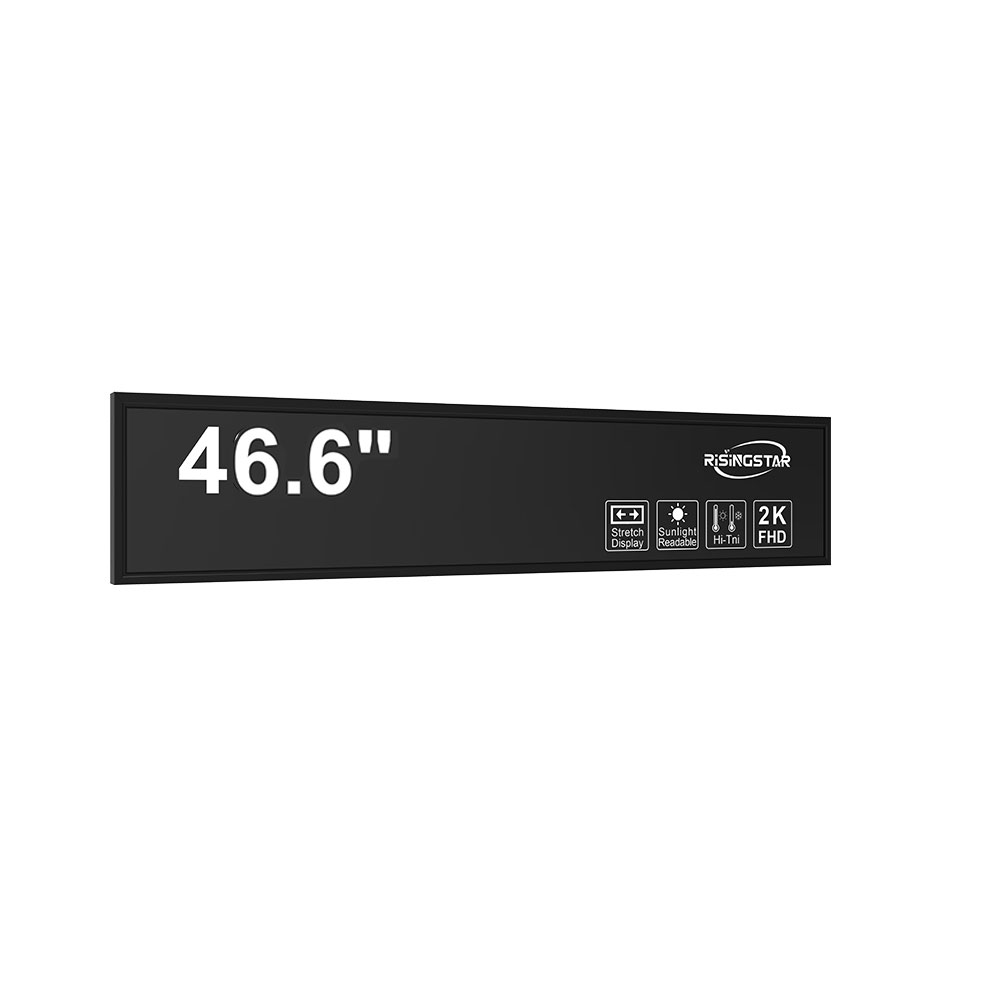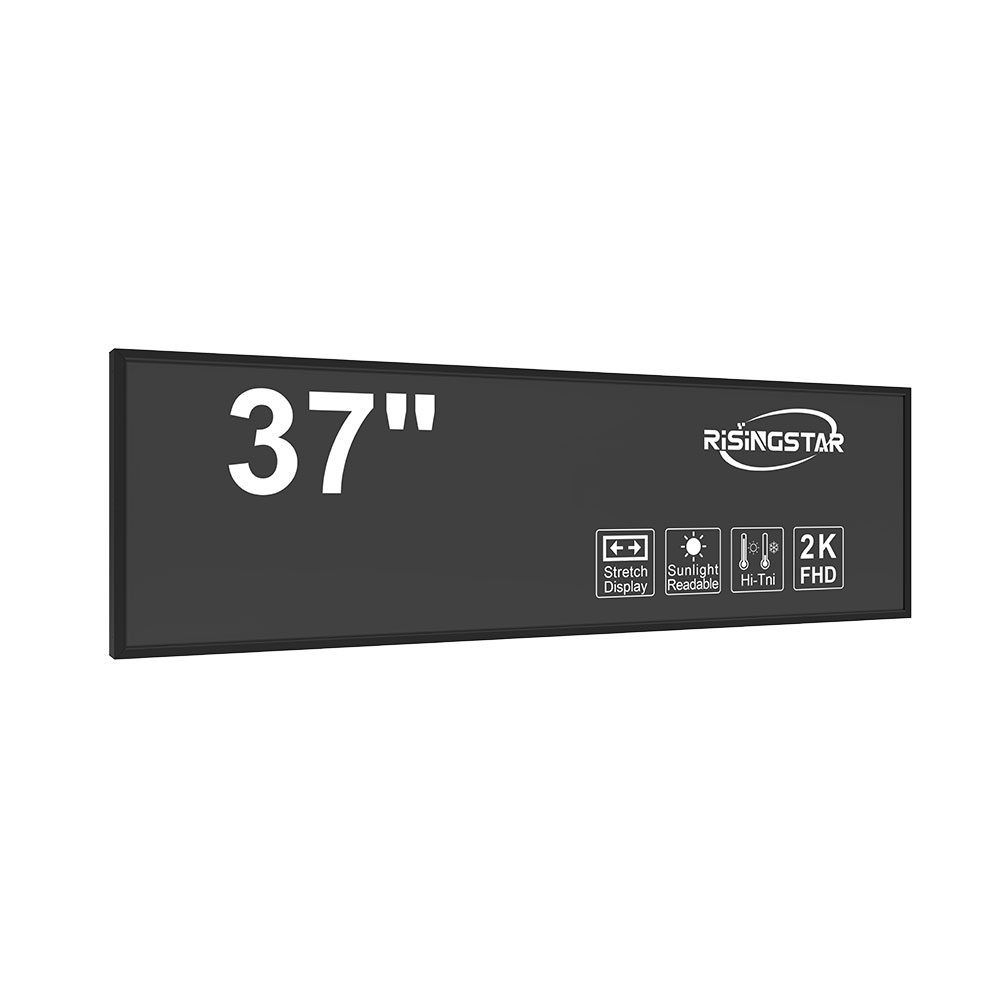- Home
- About Us
- Products
- News
- Video
- Contact
- Send Inquiry
Search
- Home
- About Us
- Products
- News
- Video
- Contact
- Send Inquiry

In the rapidly evolving landscape of digital signage and outdoor display technology, IP66 waterproof-rated LCD screens have emerged as a critical solution for applications exposed to extreme weather conditions. IP66 is an Ingress Protection (IP) rating defined by the International Electrotechnical Commission (IEC 60529), where “6” denotes complete protection against dust ingress and “6” signifies protection against powerful water jets from any direction—making it ideal for high-risk environments such as construction sites, transportation hubs, industrial facilities, and public spaces.
Outdoor LCDs with IP66 certification undergo rigorous testing protocols. For instance, they are subjected to a 30-minute spray test using a nozzle delivering 100 liters per minute at 80–100 kPa pressure, simulating heavy rain or hose-directed water exposure. This level of protection ensures that even in regions prone to torrential downpours or coastal humidity, the screen remains operational without damage to internal components like backlight modules, PCB boards, or connectors.
Leading manufacturers such as LG, Samsung, and BOE integrate advanced sealing techniques—like silicone gaskets, double-layered aluminum frames, and sealed power supplies—to maintain IP66 integrity while preserving image quality. These screens often feature high-brightness LED backlights (typically 5,000 to 7,000 nits) to ensure visibility under direct sunlight, making them suitable for billboards, airport information displays, and smart city infrastructure.
Case studies validate their performance. For example, a major European railway operator installed IP66-rated LCDs in station platforms exposed to snow, rain, and salt air. Over two years, zero failures were reported due to environmental ingress, despite constant exposure to moisture and mechanical vibration. Similarly, a solar farm in Arizona deployed these screens for real-time monitoring; the devices endured sandstorms and temperature swings from -20°C to +60°C without degradation.

The design philosophy behind IP66 screens prioritizes both durability and usability. Anti-glare coatings reduce reflective distortion, while wide viewing angles (up to 178°) enhance readability from multiple positions. Moreover, embedded thermal management systems—such as passive heat sinks and fan-assisted cooling—prevent overheating in hot climates, extending the lifespan of the display beyond 100,000 hours.
From a technical standpoint, compliance with IP66 also involves adherence to industry standards like EN 60068-2-14 (Environmental Testing for Humidity) and MIL-STD-810G (Military Environmental Testing). This ensures interoperability across global markets and reduces liability risks for integrators.
For businesses seeking reliable, long-term outdoor digital solutions, IP66-rated LCDs represent not just a product choice but a strategic investment in resilience, uptime, and user experience—even under the most unforgiving conditions.
